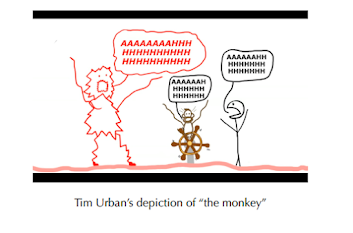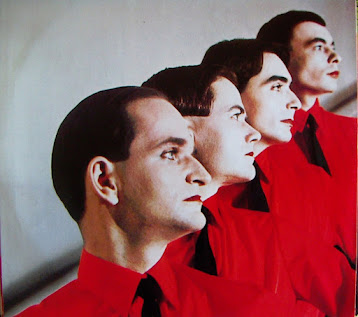The Culture of Gender
Gender’s cultures: where the third gender has been accepted for centuries. By Asia Leonardi for the Carl Kruse Blog When a boy is born, a blue ribbon is hung at the hospital door. If it is a girl, the ribbon is pink. The color is also combined with clothes to give away, rompers, bibs, even diapers, and pacifiers. The girl is given skirts and her ears pierced. When the boy grows up, he is taught not to cry when he falls, while the girl is comforted and caressed by the mother. The girl is given the dolls, the boy lego. The girl watches the movies of barbie, the boy those of spiderman. She gets her hair done, maybe braided and decorated with beads; he gets shaved. The girl goes dancing, the boy kicks. The girl can never say bad words, not even repeat them; if the boy does, you reproach him, but the second time you leave him alone. We tend to believe that gender, like sex, is a natural quality, supported by the laws of biology. We should first understand what is meant by "natural...





